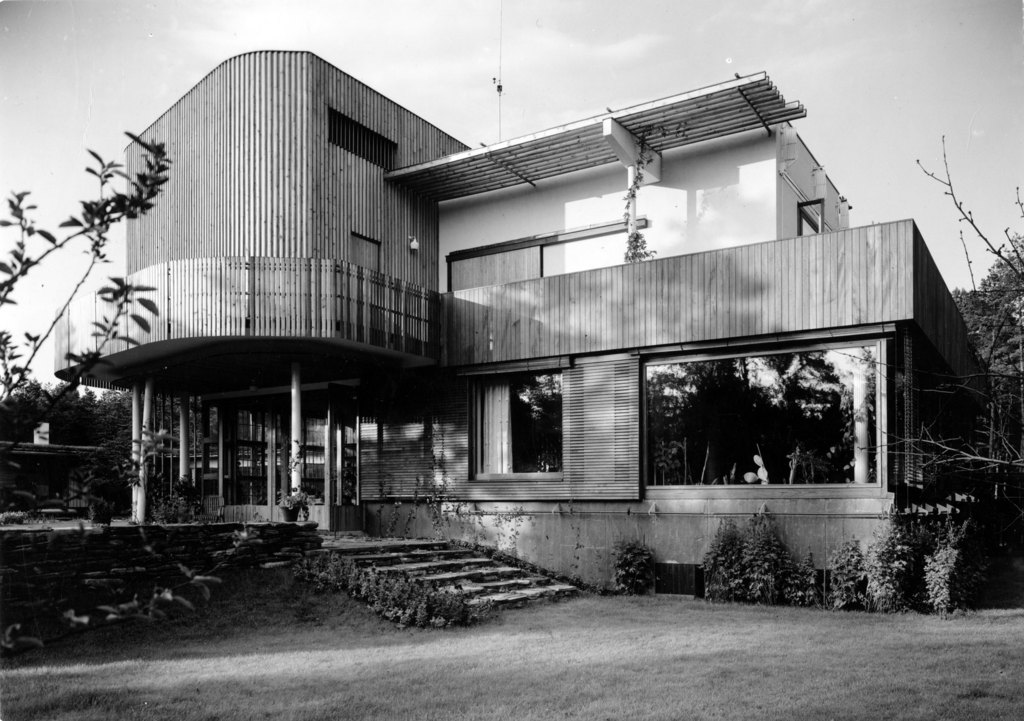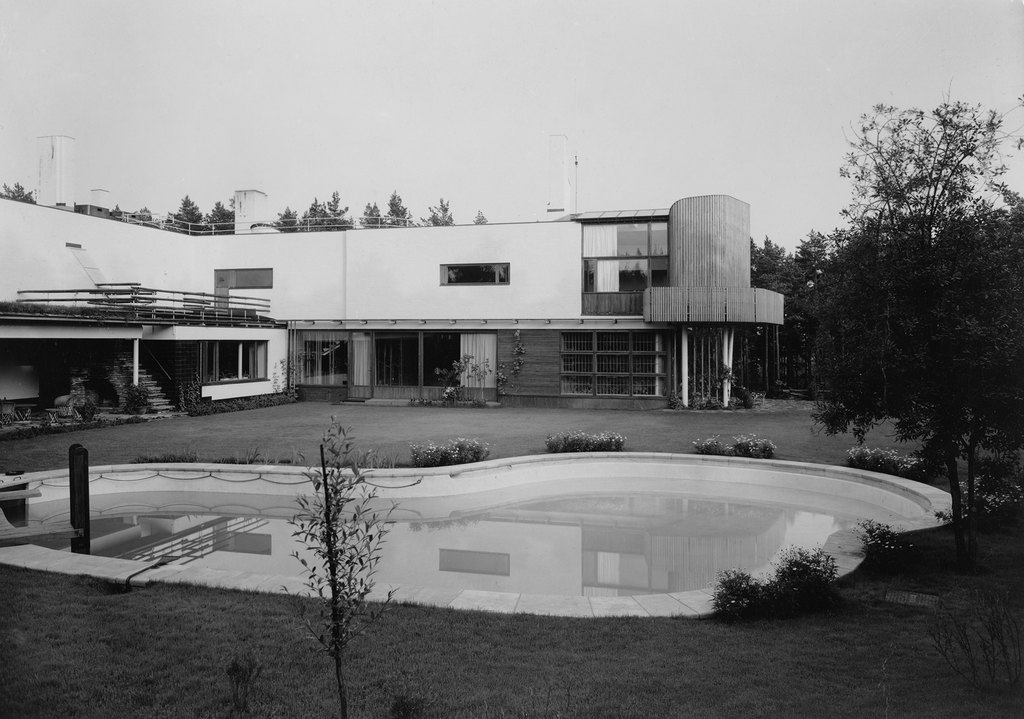
Exploring skateboarding in swimming pools, a series of exhibitions is opening this weekend at the Aalto2 Museum Centre in Jyväskylä, Finland. The shows zoom into the enduring – and possibly unexpected – legacy of Finnish modernist architecture master Alvar Aalto on the culture of skateboarding.
In 1939, Aalto – in collaboration with his wife, Aino – designed Villa Mairea, an experimental private home in rural southwestern Finland. In its grounds, he integrated a kidney-shaped concrete swimming pool that has since become iconic – both as a precursor to the rise of similar midcentury pool designs, and as a structure that would be unexpectedly adapted by skateboarders in the US as a perfect basin to skate in.
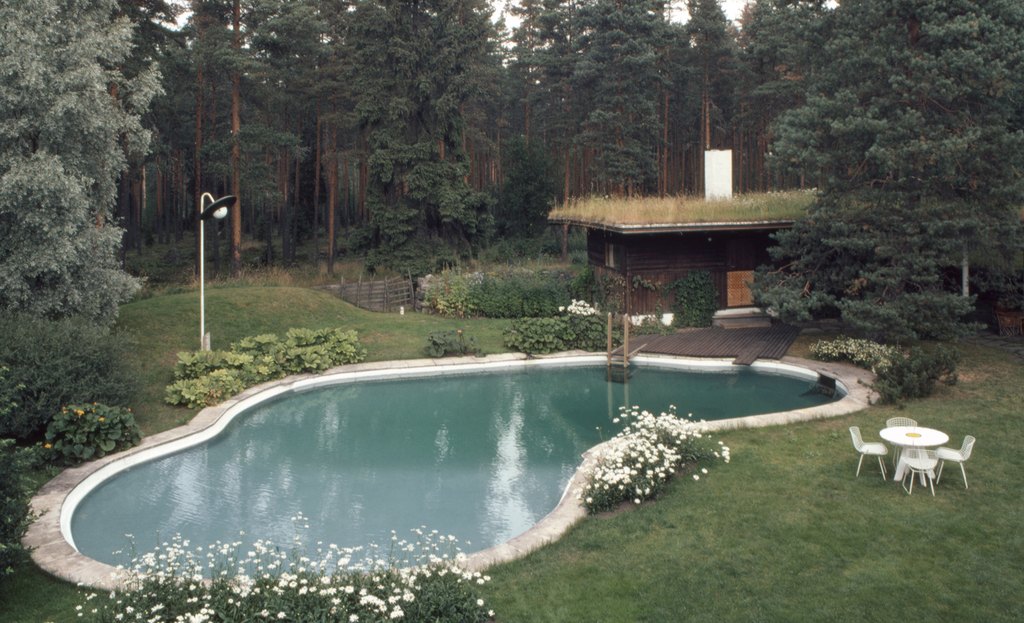
‘The Pool’: skateboarding in swimming pools, Alvar Aalto, and more
The exhibitions, under the banner ‘The Pool’, start with ‘From the Surf to the Sidewalk – When Skateboarding Culture and Architecture Meet’. Tracing how this pool design became synonymous with skateboarding culture in California, it aims to place Aalto’s architectural output in a broader cultural and social context.
The pool at Villa Mairea is thought to be the first kidney-shaped pool in the world. It was unusual for its free-flowing form, curved bowl basin, and lack of any sharp angles or corners. Almost a decade later, a similar design was adopted by US landscape architect Thomas Church, who was friends with Aalto, for the swimming pool of the Donnell Garden in Sonoma, California, which he designed in 1948 with architects Lawrence Halprin and George Rockrise.
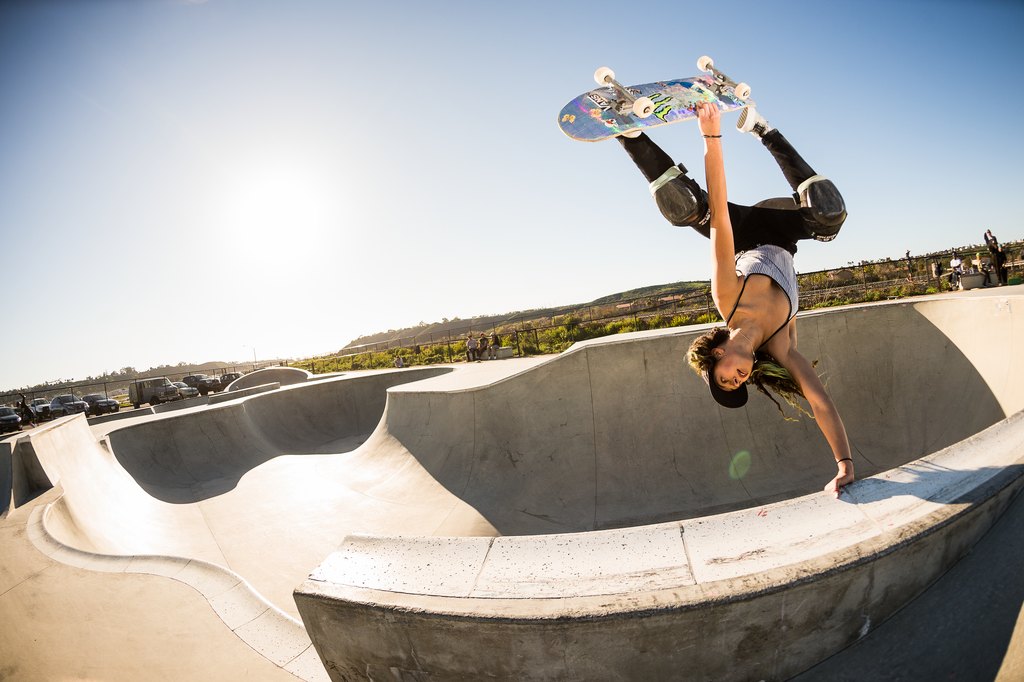
Taking a radically new shape to the prevalent rectilinear style, the Donnell Garden pool influenced a wave of architects, soon becoming a symbol of the leisure-focused modernist suburban architectural garden. ‘It was one of the key projects of California modernism,’ says exhibition curator Juho Haavisto.
By the 1970s, gardens across the state were dotted with similar pools, and when the drought of 1976 hit, many of them were left empty. Skateboarders soon realised these concrete basins were perfect for skating and developing tricks in, birthing a culture of skateboarding in which bowls – and their related half-pipes – are core components of practising and skatepark design.
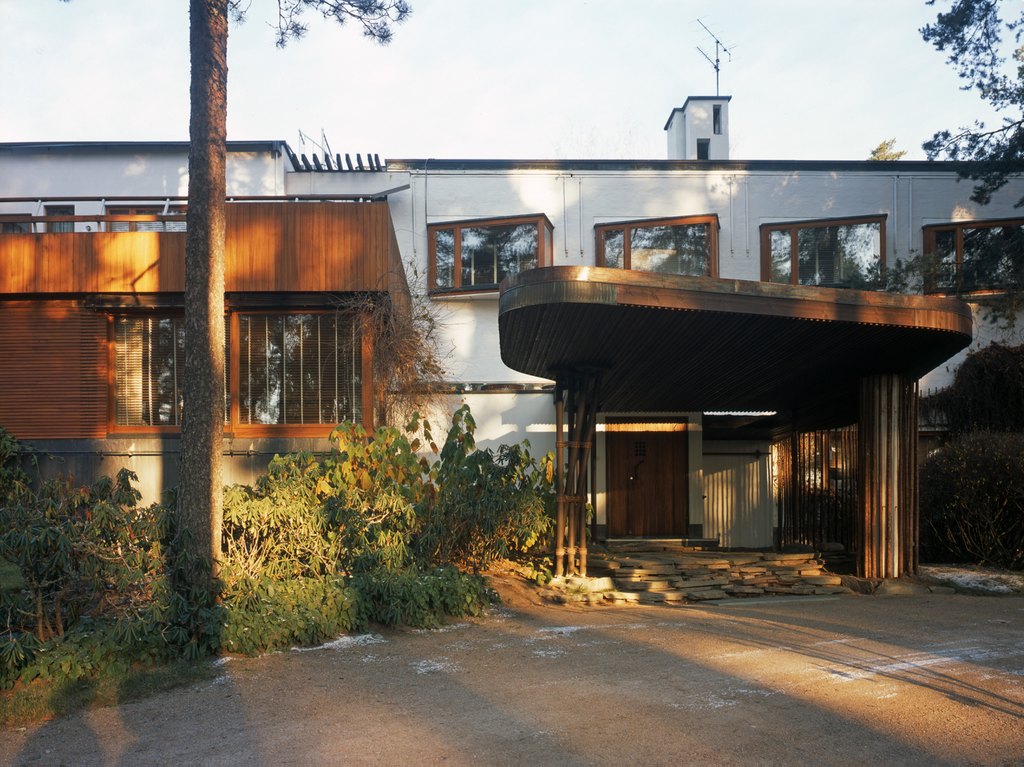
‘The built environment is physically crucial to skateboarding,’ says Haavisto. ‘You need concrete, asphalt or similar solid flat ground just to be able to push forward. Some skate spots do have remarkable architecture and design – but some great places can be quite utilitarian designs.’
Another exhibition in ‘The Pool’ series is ‘Colors’, which explores the inclusivity of skateboarding culture through the eyes of American-Finnish Olympic skateboarder Lizzie Armanto – a long-time admirer of Aalto and his pool design. ‘Pools before Aalto’s had hard edges where the floor and the walls met, whereas Aalto added curvature,’ says Armanto. ‘This created the transition that made it perfect to ride up the wall.’
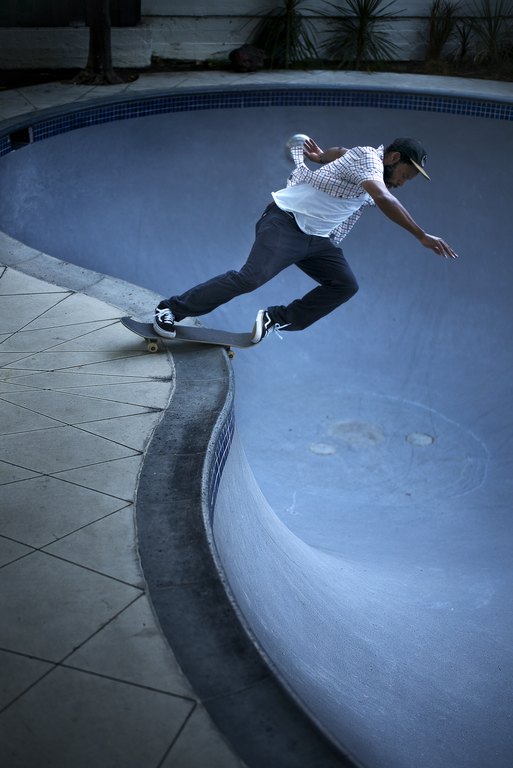
Armanto believes skateboarders and architects see the world in similar ways. ‘They’re always looking at their surroundings for new possibilities,’ she says. ‘I feel like skateboarders are constantly pushing the boundaries of how to interact with their surroundings. Pools were made for swimming and yet, in a perfect storm of events, they were emptied and skateboarders found them, and learned how to fly in the air.’
‘Concrete Currents’, also at Aalto2, showcases photographic work from Finnish skateboarder and photographer Arto Saari – including shots of skaters in Aalto-inspired kidney-shaped pools across California. ‘It has been amazing to see how Aalto’s design has broken down barriers and created a new living organism,’ says Saari. The pool at Villa Mairea, he adds, ‘ultimately became much more than just a swimming pool’.
